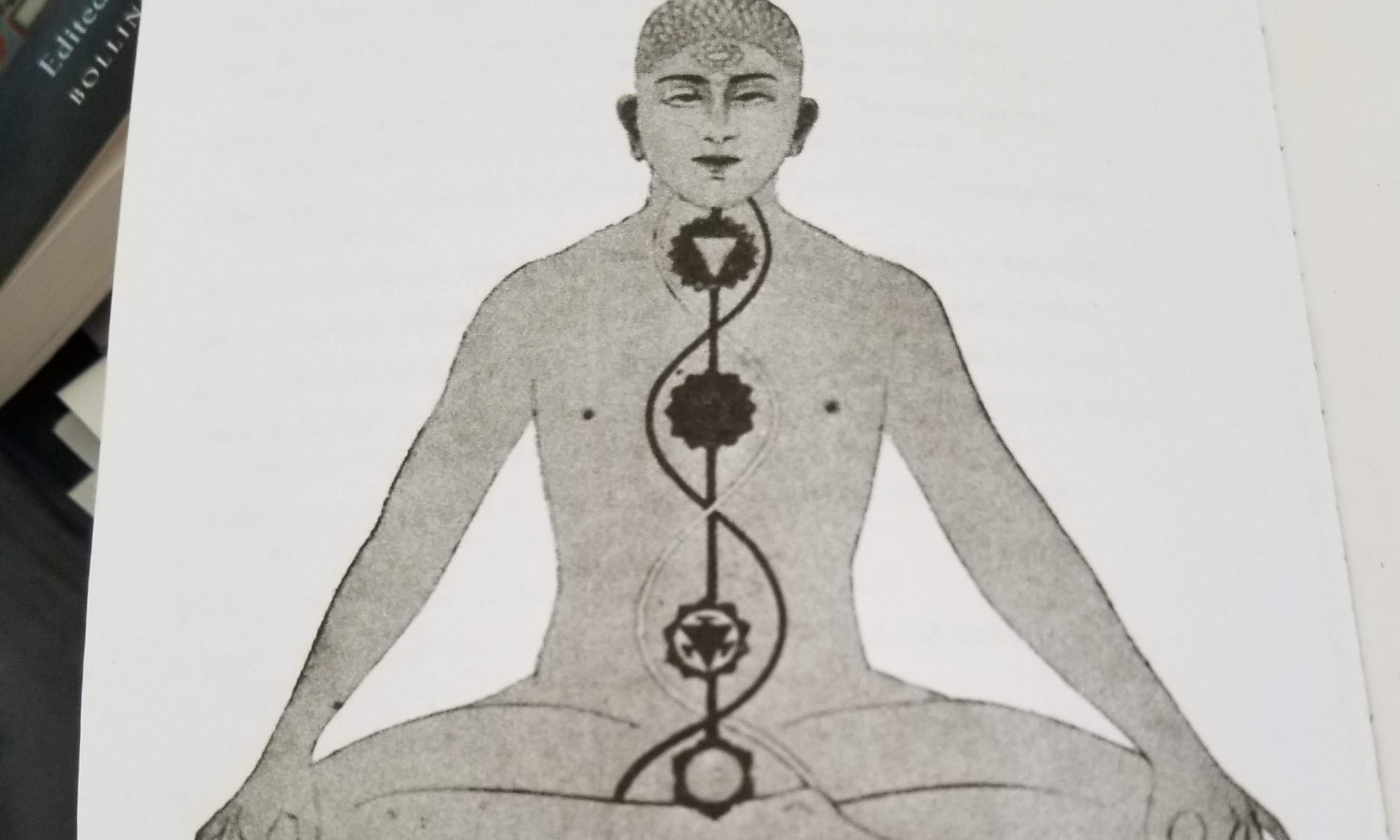I had this idea that I would do a whole Health & Wellness Monday series on the chakras. The chakras are a concept from Kundalini yoga that pertain to a series of energy centers within the body. My intention was to introduce the concept one week, then elucidate a different chakra every week. I liked the idea so much that I decided to use the same topic as the subject of a speech for my Toastmasters club. That is how I went down the rabbit hole of chakra/Kundalini yoga research which has been fascinating and has also put me way behind on my writing schedule. At some point, its time to stop researching and just get down to it, so here we go!
The first thing that I found was that there was a great deal of interest in this subject among all sorts of different people who I know. One friend mentioned that he thought that there was something in the air that made this idea have a lot of resonance with people at this time (hold that thought, we’ll be coming back to it in a bit).
As I mentioned, the term chakra describes a series of energy centers within the Kundalini yoga paradigm. Kundalini yoga is a branch of yoga that comes out of Tantric philosophy. In some usages, Tantra and Kundalini are used interchangeably to describe the style of yoga practice; however, Tantra refers to an entire subset of the Hindu/Buddhist cannon.
It is a rich tradition, full of iconography and symbolism. It is also complicated, and the classical Tantric texts are intentionally opaque. I’m going to try to strip things down as much as possible without simplifying the concepts too far. You’ll have to let me know how I do.
Kundalini an aspect of the goddess. She exists within everyone in the form of a serpent that is coiled three and a half times at the base of the tailbone, asleep. The object of Kundalini yoga is to “activate” the various energy centers (chakras), waking Kundalini and allowing her to rise through the body, ultimately connecting an individual’s consciousness to the universe.
In the course of conducting research for my speech, I re-read a book called The Psychology of Kundalini Yoga by C.G. Jung. This book contains the transcription of a series of seminars that Jung gave on the subject of Kundalini yoga in 1932. Jung had already established his ideas on the collective unconscious and archetypes and reading the ways that Jung relates the concepts and symbols of the chakras to universal themes gets really interesting and overwhelming. One point though did feel like a sort of life-line, when the way that Jung was explaining the chakras related directly to Maslow’s hierarchy of needs (even though Maslow was much later). I’m really interested in exploring this idea more after laying the groundwork by spending some time considering each chakra, I hope you’ll bear with me.
I’m listing the sources from my research so far here, but I will also tag references in future posts.
Sources:
- Description of Six Centers (a classic Tantric text, translation from The Serpent Power is available online)
- Encyclopedia Britannica: Tantrism, chakra
- Fruge, Knekoh (yoga master)
- Kaufman, Scott Barry (Maslow’s Hierarchy of Needs, Self-Actualization)
- The Chakras (Leadbeater)
- The Psychology of Kundalini Yoga (Jung)
- The Serpent Power (Avalon)
- Yogic Chakra Symbols: Mirrors of the Human Mind/Heart, Journal of Religion and Health, Volume 32, No. 1 (1993) (Meadow) *I downloaded this article using jstor


That was a great speech you gave last night, Cynthia!!! You dipped our toes into The Chakras!